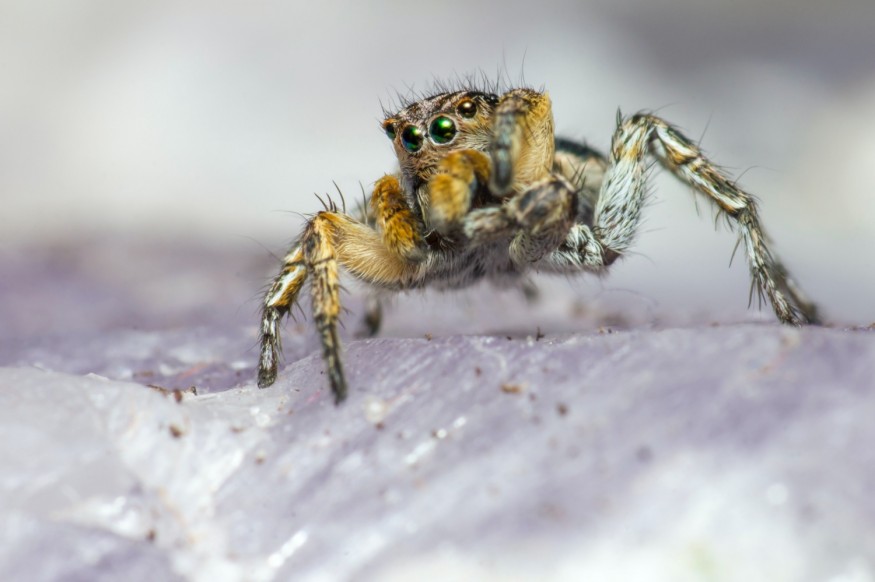Researchers found that jumping spiders can distinguish between animal and inanimate objects based on the research's experiments' biological cues, allowing other researchers to test the same method for other species in the animal kingdom.
The researchers were curious about how animals can perceive animate or inanimate objects.
They observed the jumping spiders as the ideal candidate because of their vision and over eight eyes.
To further understand, the study came up with an idea to apply biological cues in determining the animals' response.
The research aimed or hoped that other researchers would test the same system or method on other invertebrates, including snails or animals.
Jumping spiders and good vision

The findings were published in PLOS Biology and are available to read in ScienceAlert.
The researchers had 60 M. semilimbatus to conduct the study. Biologist Massimo De Agrò led the study with his team.
According to the Washington University - Department of Entomology, jumping spiders come from the Salticidae family. They are not harmful, unlike other spiders. They can only attack when they feel threatened or cornered, which could be painful.
The Washington University website explained that jumping spiders have eight eyes, with a noticeable large one on their front body.
Most jumping spiders have black and white colors, and some have velvety red abdomens.
Moreover, the article pointed out that jumping spiders have good eyesight to hunt their prey during the day. They track the prey's movement and quickly jump by attacking their target.
Jumping spiders are helpful in a garden to control the existence of pests. They feed on insects and moths or other spiders smaller their size.
Biological Cues
According to the study, biological cues refer to visual cues that allow animals or humans to determine animal and inanimate objects.
The research pointed out that studies on biological cues were more on vertebrates, noting that the study chose spiders because they are visually good for all anthropods.
In the test, the researcher administered each spider for four trials, two on a given day and the other two after the three-day break.
According to ScienceAlert, the research suggested that the biological motion cues of jumping spiders could study more on the evolution of the visual procession, which could exist in other species in the animal kingdom.
The researchers brought the spiders over the spherical treadmill to observe their responses.
They used a moving ellipse and scrambled motion.
In addition, the researchers said they conducted a point-light test display by observing the patterns jumping spiders did behave.
After the study, ScienceAlert said that the 60 spiders were unharmed and brought back to the wild.
Jumping spiders responded to the less lifelike objects by staring with big eyes.
The researchers pointed out that the jumping spiders' secondary eyes located on the side of their heads might not have visual acuity unlike the two large eyes.
However, the said eyes could be useful for a 360-degree sight of surroundings.
Meanwhile, the study noted that jumping spiders could know between random stimuli and biological motion. However, it showed no preference for biological and scrambled displays.
Related Article : Trinidadian Killifish's Brains Evolve Larger To Survive in High-Competition Environment
For more similar, don't forget to follow Nature World News.
© 2025 NatureWorldNews.com All rights reserved. Do not reproduce without permission.





